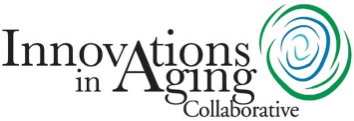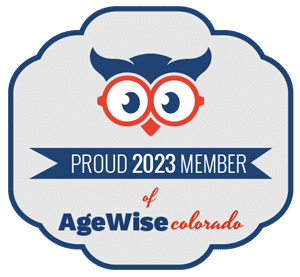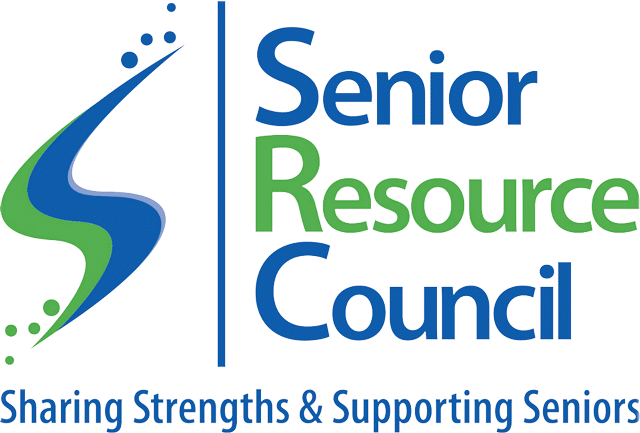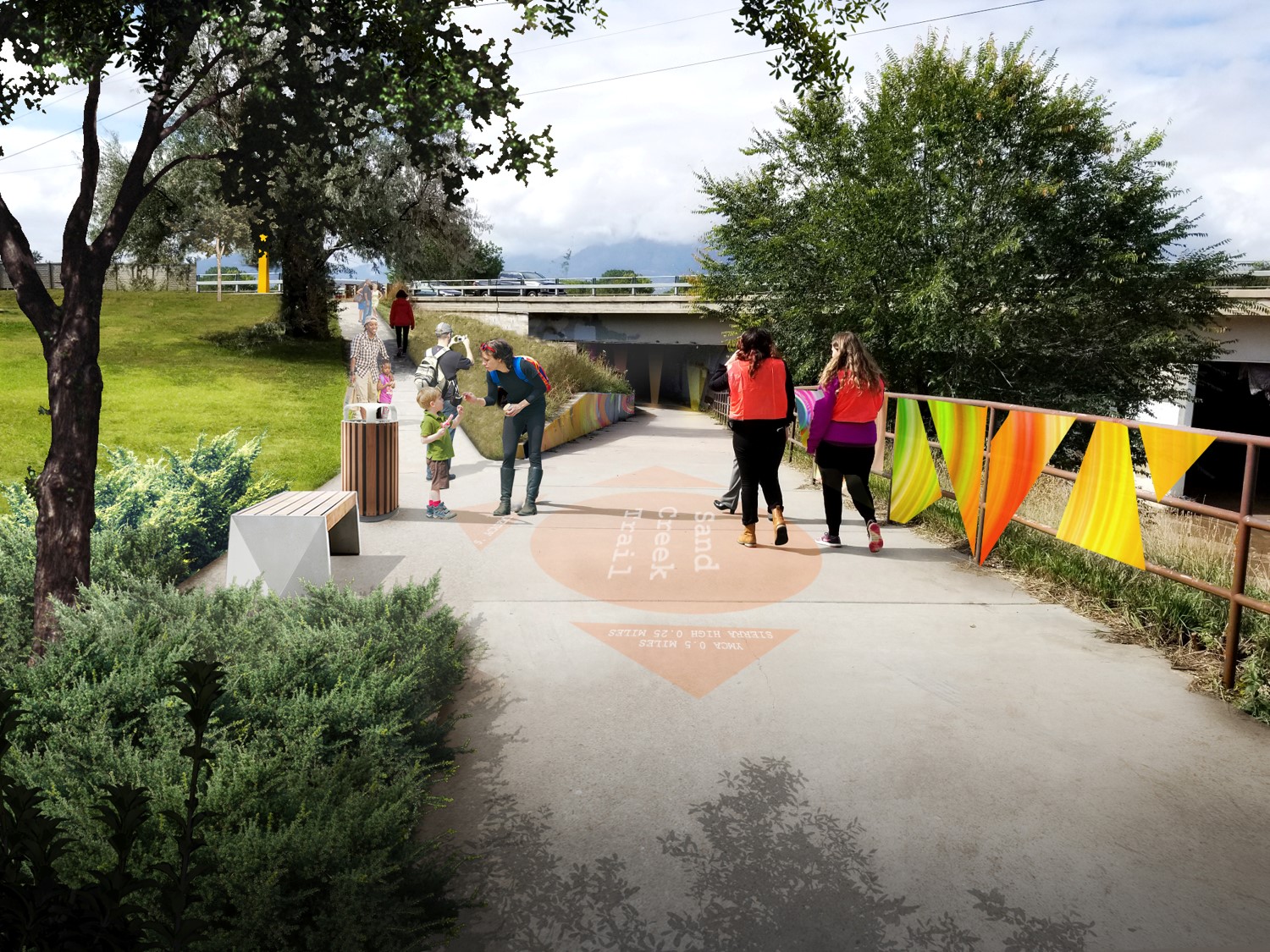
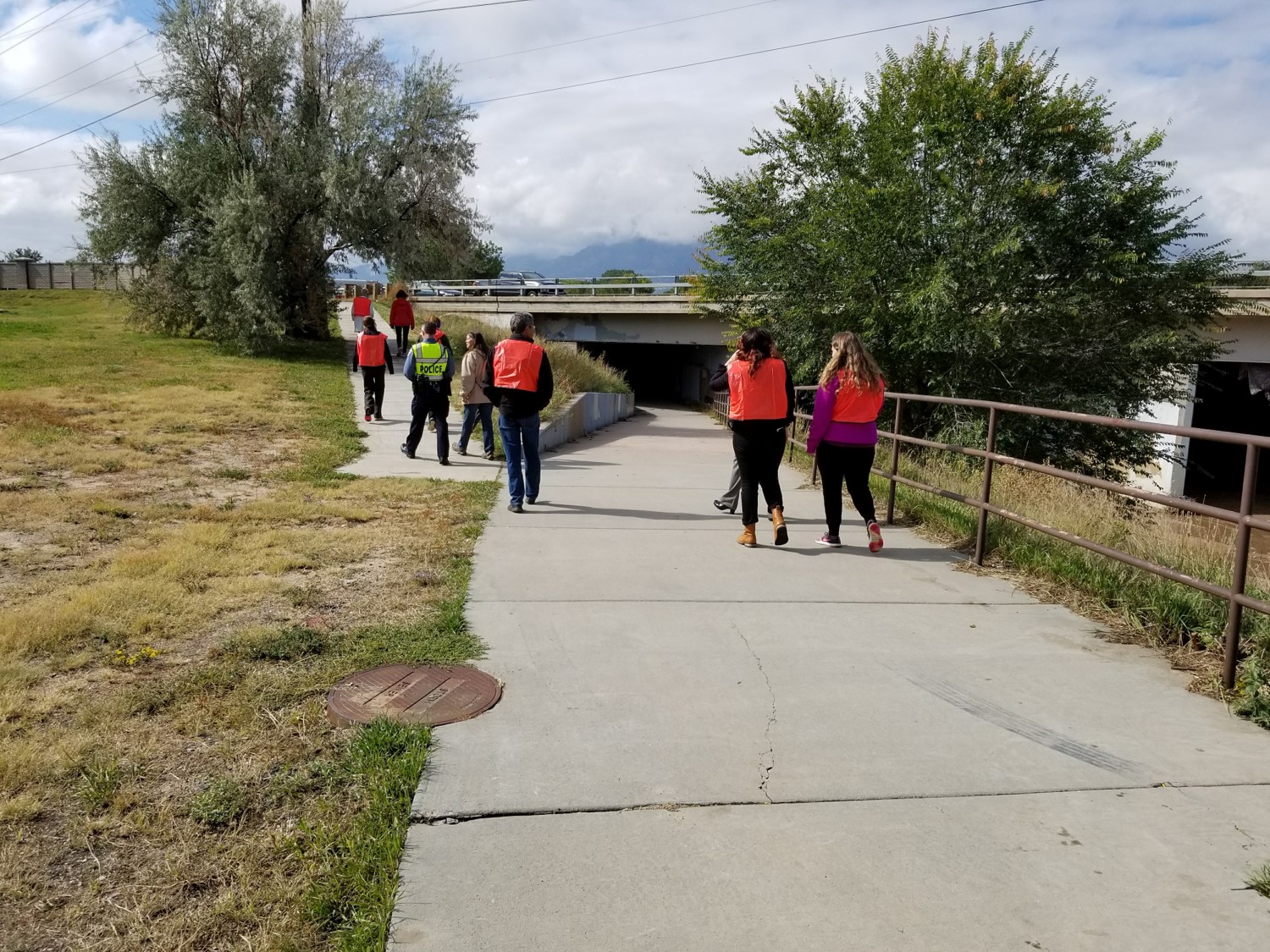
Reports
AGE FRIENDLY COLORADO SPRINGS FINAL PROGRESS REPORT, 2020 ExpandThis report details the final progress from 2015-2020 in implementing the Age Friendly Colorado Springs Report and Action Plan.
To view the Final Progress Report, click here:
QUAD INNOVATION PARTNERSHIP SENIOR AFFORDABLE HOUSING REPORT, 2019 ExpandThis report summarizes needs of seniors residents, details capacity and programs at area nonprofit service providers and outlines a set of concepts developed from this information to maximize quality of life in an affordable way including:
- Leveraging a dense, campus-like environment to centralize the provision of services that contribute to quality of life, including:
- Developing a community-centric shopping center near the senior apartments as a revenue source to support service provision.
- Working towards a swipe card system to streamline seniors’ access to local businesses and essential services
As a part of the Age Friendly initiative, the Innovations in Aging Collaborative is working to launch a web resource portal and smartphone application designed to educate citizens, particularly seniors and caregivers, on accessing the care and resources they need.
To effectively develop and market this portal, IIAC engaged Elevated Insights to survey the community, create baseline metrics of satisfaction and clarify areas of need for older residents.
AGE FRIENDLY COLORADO SPRINGS MIDWAY REPORT, 2018 Expand
Since becoming an Age Friendly city in March 2016, we have worked to convene the community, establish partnerships to accomplish the action items within the Age Friendly Colorado Springs Plan, and improve the community for people of all ages. The Age Friendly plan is a 5 year process and in December 2018 we reached the midway point of the plan. This report seeks to evaluate the progress made on the action items within the Age Friendly Colorado Springs Plan.
WALK AUDIT, 2017 ExpandThis walking audit and report were made possible through a partnership between Innovations in Aging Collaborative, AARP, and the YMCA.
This presentation was used to engage stakeholders after the report was written. It includes statistics about walkability, challenges and assets that are specific to Colorado Springs, and photo visions of what is possible.
Coming soon: Walk your City Initiative
- Look out for a new, temporary signage along the Sand Creek trail designed to increase walkability and wayfinding.

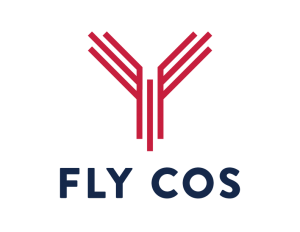 AGE FRIENDLY REPORT AND ACTION PLAN, 2016
Expand
AGE FRIENDLY REPORT AND ACTION PLAN, 2016
Expand
Click here to download the Age Friendly Colorado Springs Report and Action Plan:
AGING IN THE PIKES PEAK REGION, 2015 ExpandInnovations in Aging’s new report by Dr. Tucker Hart Adams, PhD, provides a detailed account of the increase in individuals ages 65 and older in El Paso, Park, and Teller Counties we can expect to see in the coming years.
In addition to predicting the demographic shift of the Pikes Peak Region, Adams also introduces a framework to allow Colorado Springs to become an Age-Friendly City.
Along with providing an explanation of best practices from other States across the US, she identifies specific areas of strength that already exist in our community and generates several ideas to make the Pikes Peak Region more livable for individuals of all ages.
A CONVENING TO SUPPORT AGING IN PLACE FOR THE PIKES PEAK REGION, 2014 Expand AGING IN EL PASO COUNTY, COLORADO, 2011 ExpandFor a hard copy of any reports, please contact us.
Convenings
Since it’s founding, IIAC has had a strong partnership with UCCS Chancellor Pam Shockley-Zalabak, the CU Foundation, and the CU Aging Center and Gerontology Programs. Along with these academic partnerships, IIAC has continually cultivated forums for discussion.
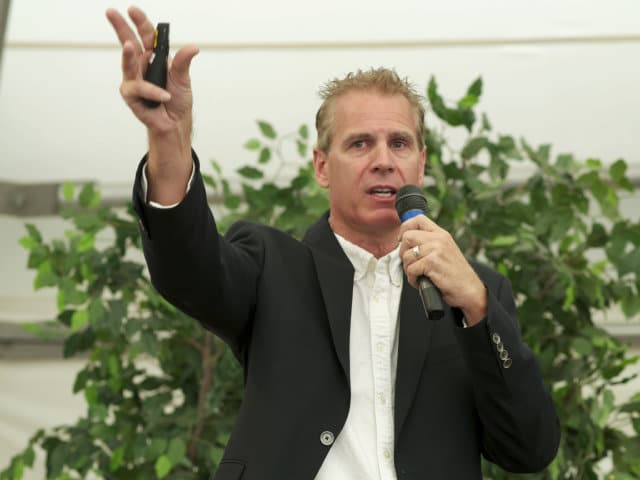
In 2014 IIAC received funding from the city of Colorado Springs to address the major issues facing the city as the Baby Boomers in our community age and new retirees move into the area. Four convenings featuring thought leaders and regional experts were held to explore trends and models to address aging in the community.
– Encore Careers and Entrepreneurs 55+: New Visions for the “Retirement” Age
– The Business of Aging: Infrastructure, Information, and Institutional Innovation
– Housing Choices and Livable Communities
– Specialized Healthcare and Caregiving for Older Adults
2013 ExpandIn 2013 Innovations in Aging and Peak Vista Community Health Centers sought to identify what is working and what is not working in the community related to health and “aging in place,” funded by the Colorado Trust’s Convening for Colorado. This effort was called the Convening to Support Aging in Place for the Pikes Peak Region. In doing so, IIAC reached out to individuals and organizations that had been connected to its earlier gatherings and new partners to add a deeper understanding of the challenges. The convening participants were asked to provide feedback on factors affecting the capacity to age in place and to recommend action steps that could be taken collaboratively to address these factors. Over 100 stakeholders participated in the convening process.
The results of the convening validated the quantitative data that both the 2013 Quality of Life Indicators report and the 2011 Aging in El Paso County study had brought forward. By reengaging the community through bringing together senior stakeholders and service providers, Innovations in Aging has initiated the networking of advocates focused on the critical needs of older adults. The project called attention to issues central to the health and well-being of older adults in the Pikes Peak region, thus setting the stage to build a network of health equity advocates. The convening identified recommendations for the community to address to support aging in place and to improve access to health care for older adults, specifically mental health care for older adults.
APRIL, 2012 ExpandIn April 2012, IIAC’s work and innovation in aging ideas were the focus of the Association for Managers of Innovation (AMI) conference held in Colorado Springs. At the conclusion of the conference, AMI attendees participated in two more meetings to help explore next steps for our community and IIAC, including IIAC’s second summit held on April 21, 2012. This Summit reconvened stakeholders who attended the 2010 summit to update the community on IIAC’s progress and future plans and to narrow the conversation to preferred actionable future projects. Key concepts of focus coming out of this Summit were:
1) Intergenerational Hubs (iHubs)
2) Workforce Issues-taking advantage of the talent of seniors
3) Connectivity using technology.
JUNE, 2011 ExpandIn June 2011, IIAC conducted a two-day workshop for community leaders from UCCS, Pikes Peak Community College, Penrose St. Francis Health Services, Peak Vista Community Health Centers Foundation, Silver Key, Chamber of Commerce, Pikes Peak Library, Council of Neighborhood Organizations, PILLAR, Young Professionals, churches, businesses, and other interested stakeholders. The outcomes from the summits and the workshop led the way for the creation for IIAC’s scope of work.
APRIL, 2010 ExpandIn April of 2010, Innovations in Aging Collaborative held its inaugural Summit. Nearly 150 individuals (Champions for Aging) from across the region participated and represented the arts, government, human services, health care, business, and recreation and tourism. The Summit’s goals were to start a conversation on how to make our community a remarkable place to age; to identify existing resources and assets; and to identify innovative ideas that would enhance the quality of life for older adults in the Pikes Peak Region.
Featured were two keynote speakers: Kathryn Lawler, manager of external affairs, Atlanta Regional Commission; and Stan Gryskiewicz, president, Association for Managers of Innovation (AMI). The presentations were followed by focused discussions on:
1) Lifelong Learning
2) Wellness and Recreation
3) Arts and Culture
4) Livable Communities
5) Economic Opportunities
6) Urban Planning and Transportation
IIAC embraced the following two goals after the Summit.
1) Support seniors in being active and mainstreamed.
2) Keep the focus on how and where seniors live.
Two strategies were recommended to accomplish these goals:
1) Maximize new technologies to collect, organize, and disseminate information.
2) Organize resources through private partnerships, public policy, and citizen
efforts.
